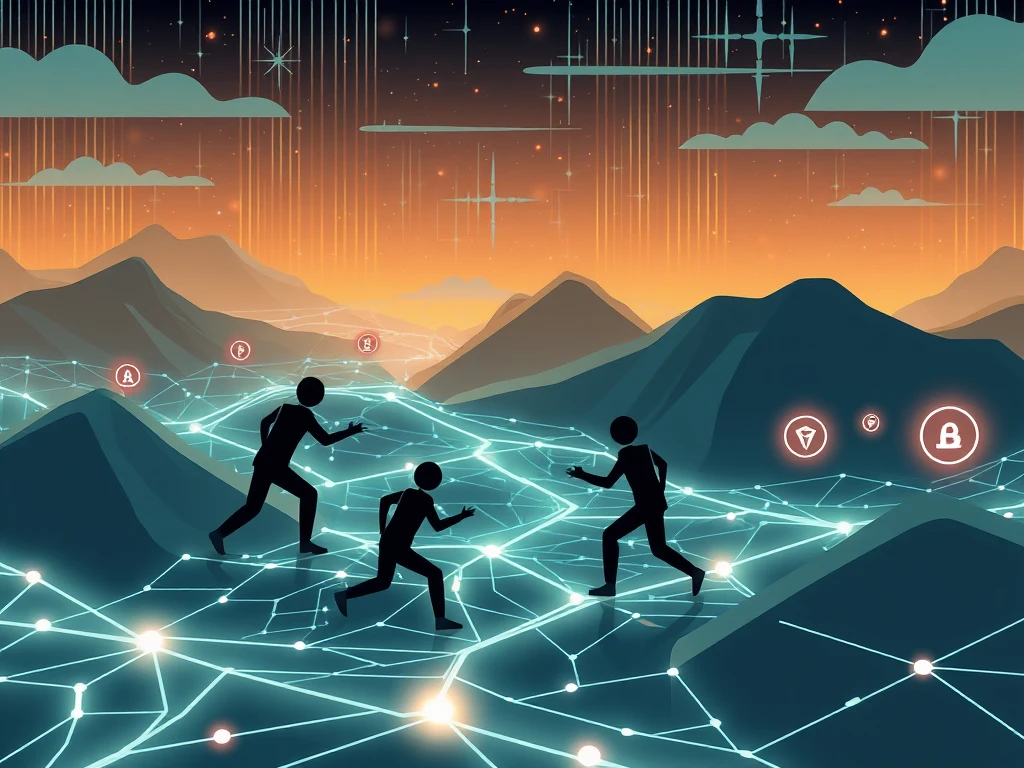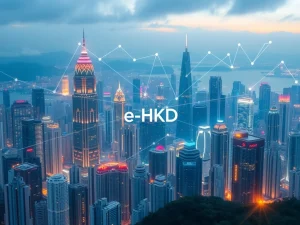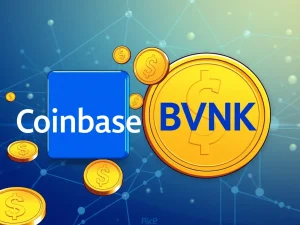Blockchain Bots: The Urgent Battle for Human Control

Are automated systems taking over the digital world? The rise of AI and sophisticated Bots presents a significant challenge to the core principles of Blockchain networks. While some bots perform useful tasks, others are manipulating markets, creating fake accounts, and clogging networks, making it harder and more expensive for real people to participate. This article explores the growing impact of bots on decentralized systems and why a focus on verifying human users is becoming essential.
How Bots Are Challenging Decentralization
Originally designed for trust and accessibility, Blockchain systems face increasing pressure from automated traffic. Bots now account for a significant majority of transactions on some networks. These systems, often driven by AI, are optimized for speed and scale, not fairness. Their actions lead to several issues:
- Increased network congestion
- Higher transaction fees (gas fees)
- Manipulation of decentralized finance (DeFi) markets
- Monopolization of block space and resources
This trend threatens the fundamental promise of Decentralization, where systems should serve the many, not just automated actors capable of outcompeting humans.
Why Scalability Isn’t Enough Against AI Bots
Much of the industry’s focus has been on improving scalability through solutions like Layer-2 networks and rollups. These technologies make transactions faster and cheaper. However, without addressing the bot issue directly, increased scalability can have unintended consequences. Lower fees can make it cheaper for malicious Bots to spam networks, and faster transactions allow AI traders to outpace human users even more effectively. Simply scaling up doesn’t solve the problem of ensuring networks remain accessible and fair for people.
Introducing Proof-of-Human Solutions
To counteract the dominance of automated systems, implementing Proof-of-Human infrastructure is gaining importance. This technology aims to digitally verify that a user is a unique human being. By distinguishing between humans and bots, networks can implement mechanisms to prioritize human activity and ensure fairer access. This is crucial for maintaining the human-centric vision of Decentralization.
Ensuring Blockchain Serves Humans
Integrating Proof-of-Human into Blockchain architecture allows for a more human-first approach. Potential implementations include:
- Allocating guaranteed block space for verified human users.
- Offering gas subsidies to reduce transaction costs for humans during peak times.
- Implementing safeguards in execution clients to detect and mitigate bot-driven spam.
These measures help protect human users from being priced out or outmaneuvered by automated systems, ensuring that Blockchain remains a tool for people.
The increasing presence of AI-powered Bots poses a significant challenge to the accessibility and fairness of Blockchain networks. While scalability solutions are vital, they must be complemented by infrastructure that verifies human identity. Implementing Proof-of-Human systems is not just a technical upgrade; it’s a necessary step to safeguard the principles of Decentralization and ensure that these powerful technologies continue to serve humanity. The choice is clear: prioritize human users or risk ceding control to machines. Now is the time to act to keep blockchains human-centric.







